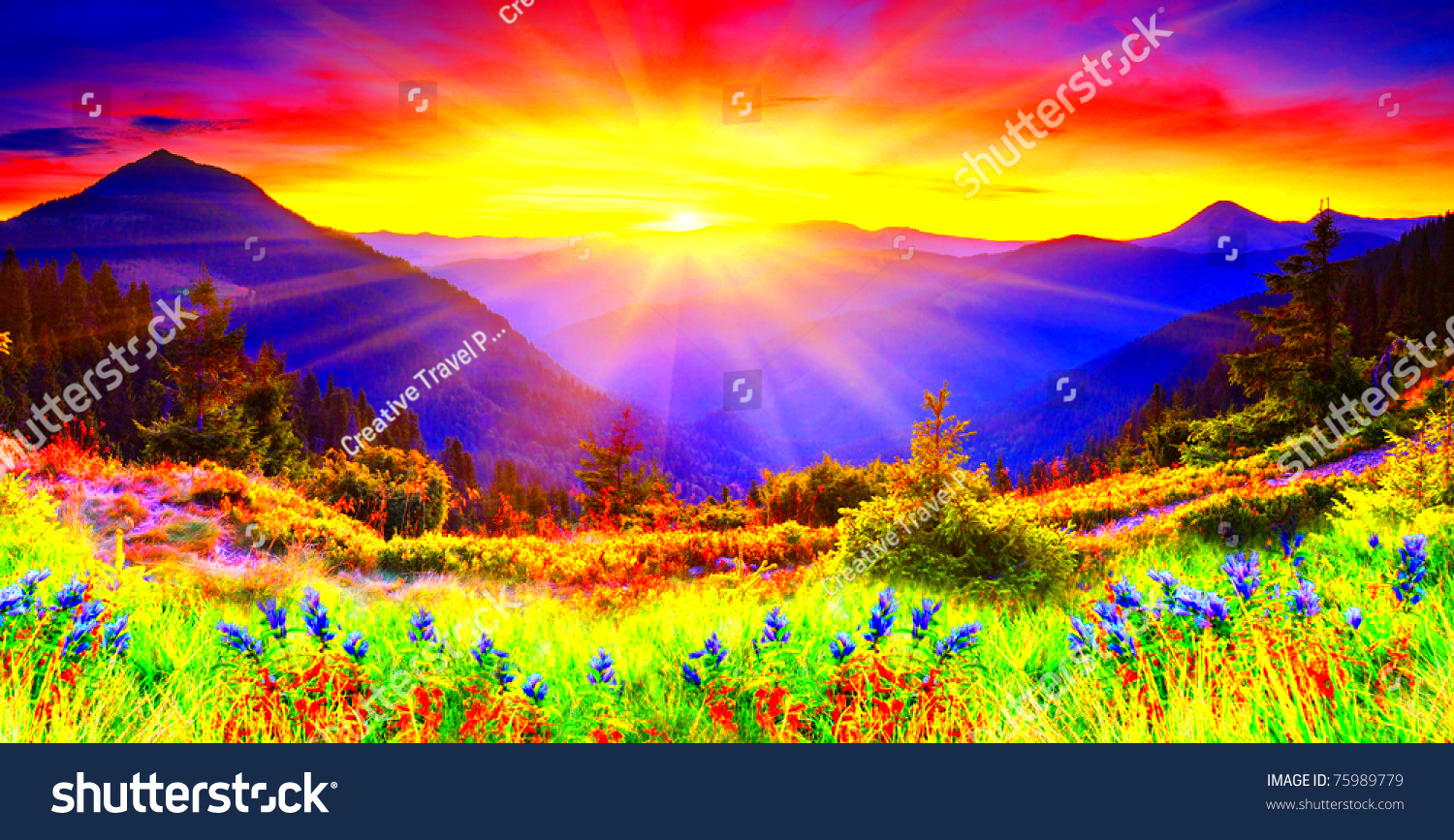Have you ever spent what feels like scrolling through an overwhelming number of stock photos? I can relate.
Shutterstock is a well known platform that boasts an extensive collection of images to suit almost any requirement you can imagine. Whether you're looking for bustling city views or peaceful nature scenes
Shutterstock has a wealth of high quality visuals to offer. In this article we'll explore the factors that set
Why Quality Matters in Stock Photography
When it comes to stock photos having high quality is key rather than just being a nice addition. Top notch pictures can enhance your project and greatly impact how your message is received. Based on my observations using clear and thoughtfully arranged images tends to grab attention and project an image of professionalism. Here are reasons why quality matters.
- First Impressions Count: A high-resolution image grabs attention instantly. Think of it like meeting someone for the first time—your photo is your first impression.
- Professionalism: Quality photos reflect your commitment to excellence. They show that you care about the details, which builds trust with your audience.
- Versatility: Good quality images are more versatile. They can be used across various media without losing their impact.
In my experience the impact of an image on a project cannot be underestimated. Using photos can enhance the appeal and effectiveness of your visual materials.
Key Features of Good Shutterstock Photos
Not all
Shutterstock images are made the same. When looking for that ideal picture there are a few important aspects to keep in mind to make sure you're selecting top notch visuals.
- Resolution: High resolution is critical. Look for images that are sharp and clear, especially if you plan to use them in large formats.
- Composition: A well-composed photo draws the eye and keeps viewers engaged. Good composition includes balanced elements, proper framing, and effective use of space.
- Lighting: Proper lighting can make a huge difference. Images with natural, well-balanced lighting are usually more appealing and realistic.
- Relevance: Ensure the photo fits the context of your project. A high-quality image is only effective if it resonates with the message you want to convey.
- Authenticity: Choose photos that feel genuine and relatable. Authentic images can connect better with your audience on an emotional level.
Based on what I have seen these elements assist in selecting visuals that not only appear appealing but also convey a narrative and enrich the overall value of your material.
How to Identify High-Quality Images
Locating images on
Shutterstock can occasionally be a bit of a challenge. I recall my initial experience exploring stock photo platforms—an abundance of choices but many that fell short of expectations. With time I've picked up some strategies to assist me in navigating through the options and finding the cream of the crop. Here are some tips on how to recognize images, for your needs.
- Check the Resolution: High-quality images have a high resolution. Look for images that are at least 300 DPI (dots per inch) for print or 72 DPI for web use. This ensures that the image is sharp and clear, even when scaled up.
- Look for Sharpness and Detail: Zoom in on the image to check for sharpness. High-quality photos will maintain their detail even when enlarged. Blurry or pixelated images are a red flag.
- Assess the Composition: A good photo should have a balanced and well-thought-out composition. Pay attention to the rule of thirds, leading lines, and how the elements are arranged in the frame.
- Evaluate the Lighting: Natural, well-balanced lighting is often a sign of a high-quality image. Avoid photos with harsh shadows or overexposed areas.
- Check for Authenticity: Authentic images tend to be more relatable and engaging. Look for photos that feel genuine and avoid overly staged or clichéd shots.
Based on what I have seen these quick verifications can really help in discovering the perfect visuals that not only enhance the aesthetics but also align smoothly with your work.
Using Shutterstock Photos Effectively
After choosing your
Shutterstock images the real excitement starts—putting them to work! I’ve gone through my fair share of ups and downs with stock pictures and along the way I’ve discovered some tactics that truly make an impact. Here’s a guide on how to make the most of
Shutterstock photos:
- Match Photos to Your Content: Ensure that the photos you choose align with the message or theme of your content. A well-matched image enhances your message and creates a cohesive look.
- Optimize Image Placement: Placement matters. Position your images where they will grab attention and complement your text. Avoid cluttering your layout; sometimes, less is more.
- Use Images to Break Up Text: Long paragraphs can be overwhelming. Use images to break up text and make your content more digestible and engaging.
- Customize Your Photos: Consider adding overlays, text, or filters to make the images fit your brand’s style. This can also help in making the photos more unique and tailored to your needs.
- Maintain Consistency: Try to maintain a consistent style and tone in your images. This helps in creating a unified look across all your content.
Using visuals is not just about choosing nice images; it’s about enriching your content and boosting its appeal to your audience. Throughout my experience I’ve discovered that carefully incorporating stock photos can greatly enhance the quality of your work.
Common Mistakes to Avoid
Even experienced individuals can trip up when it comes to selecting stock images. I’ve had my fair share of blunders and have gained insights through those experiences. Here are some pitfalls to steer clear of while using
Shutterstock pictures.
- Overusing Popular Images: It’s tempting to use images that are trendy or have been used often, but this can lead to a lack of originality. Try to find unique images that stand out.
- Ignoring Licensing Requirements: Always check the licensing terms for each photo. Using images without proper licensing can lead to legal issues and unwanted complications.
- Choosing Low-Resolution Images: Using images that are not high-resolution can result in a blurry or pixelated final product. Always opt for high-quality images to ensure a professional finish.
- Inconsistent Style: Mixing images with varying styles can disrupt the visual harmony of your content. Maintain a consistent style to keep your content cohesive.
- Neglecting Proper Attribution: Some Shutterstock images may require attribution. Make sure to provide proper credit where it’s due to avoid potential issues.
Steering clear of these traps will assist you in maximizing the impact of your Shutterstock images and ensuring that your visuals reinforce your message instead of undermining it.
Tips for Selecting the Right Photos
Choosing the right picture can be a mix of excitement and pressure. I recall a moment when I felt swamped by options and struggled to pinpoint the image. As time went on I came up with some handy strategies that have made the process easier and more enjoyable. Here’s a breakdown of how you can select the photos that suit your requirements.
- Understand Your Needs: Before diving into the photo library, be clear about what you need. Whether it’s for a blog post, social media, or a presentation, having a clear idea will guide your search.
- Search with Specific Keywords: Use specific and descriptive keywords when searching. For example, instead of just “nature,” try “sunset over mountains.” This helps in narrowing down the search to more relevant images.
- Preview Images in Context: Many platforms offer a preview feature. Use it to see how the photo looks with your text or design. This helps in visualizing how it will fit into your project.
- Check for Versatility: Opt for images that are versatile and can be used in different contexts. Avoid overly specific images that might limit your usage options.
- Consider the Emotion: Choose images that evoke the right emotions and resonate with your audience. An image that feels genuine can significantly enhance the impact of your message.
Based on what I have learned these suggestions can turn a challenging hunt into a fulfilling find. A well chosen image has the power to enhance your material and leave a memorable impact.
Where to Find More Resources
If you’re looking to expand your collection of photos, there are plenty of options available online. While searching for images I’ve come across several worthwhile platforms apart from Shutterstock. Here’s a list of sites that could be worth checking out:
- Unsplash: Known for its high-resolution and free-to-use photos, Unsplash is a fantastic resource for high-quality, authentic images.
- Pexels: Another great platform offering free stock photos and videos. Pexels is user-friendly and has a wide range of categories.
- Pixabay: Offers a vast library of free images and videos. It’s a go-to for those looking for a variety of styles and subjects.
- Adobe Stock: If you’re looking for premium quality and exclusive content, Adobe Stock provides a comprehensive collection of high-resolution images.
- Getty Images: Known for its extensive library of high-quality, professional photos, Getty Images is perfect for those seeking top-tier visuals.
Diving into these materials can open up a world of visuals and assist you in uncovering the ideal match for your endeavor. Every platform comes with its own advantages, so trying out various options may yield some pleasant surprises.
Frequently Asked Questions
As you explore the realm of stock photos you may find yourself pondering certain things. Drawing from my insights here are responses to a few frequently asked questions.
What is the difference between royalty-free and rights-managed images?
- Royalty-free images allow unlimited use after the initial purchase, while rights-managed images are licensed for specific uses and often come with restrictions.
Can I use stock photos for commercial purposes?
- Yes, many stock photo sites offer images that can be used for commercial purposes, but always check the licensing agreement to ensure compliance.
How do I avoid copyright issues with stock photos?
- Always read and follow the licensing terms for each image. Proper attribution and adherence to usage guidelines help in avoiding copyright issues.
Are there free stock photo options available?
- Absolutely! Platforms like Unsplash, Pexels, and Pixabay offer high-quality images for free, though they may have different licensing terms compared to paid options.
How can I find images that match my brand’s style?
- Use specific keywords that align with your brand’s aesthetics and look for photos that reflect your brand’s tone and message. Customizing images can also help in maintaining brand consistency.
Having access to these insights can alleviate some of the doubts and assist you in making well informed decisions regarding the selection and utilization of stock images.
Conclusion
Selecting the Shutterstock images can feel overwhelming at first but with the approach it can be a fulfilling process. Recognizing the significance of quality and knowing where to access extra resources are key steps that greatly enhance your project.Looking back on my own experiences I've realized that being mindful about how I choose and use images not only enhances the aesthetic of my work but also aids in conveying the intended message. Therefore take your time, trust your gut feelings and allow your selected photos to infuse your content with authenticity and style.

 admin
admin








